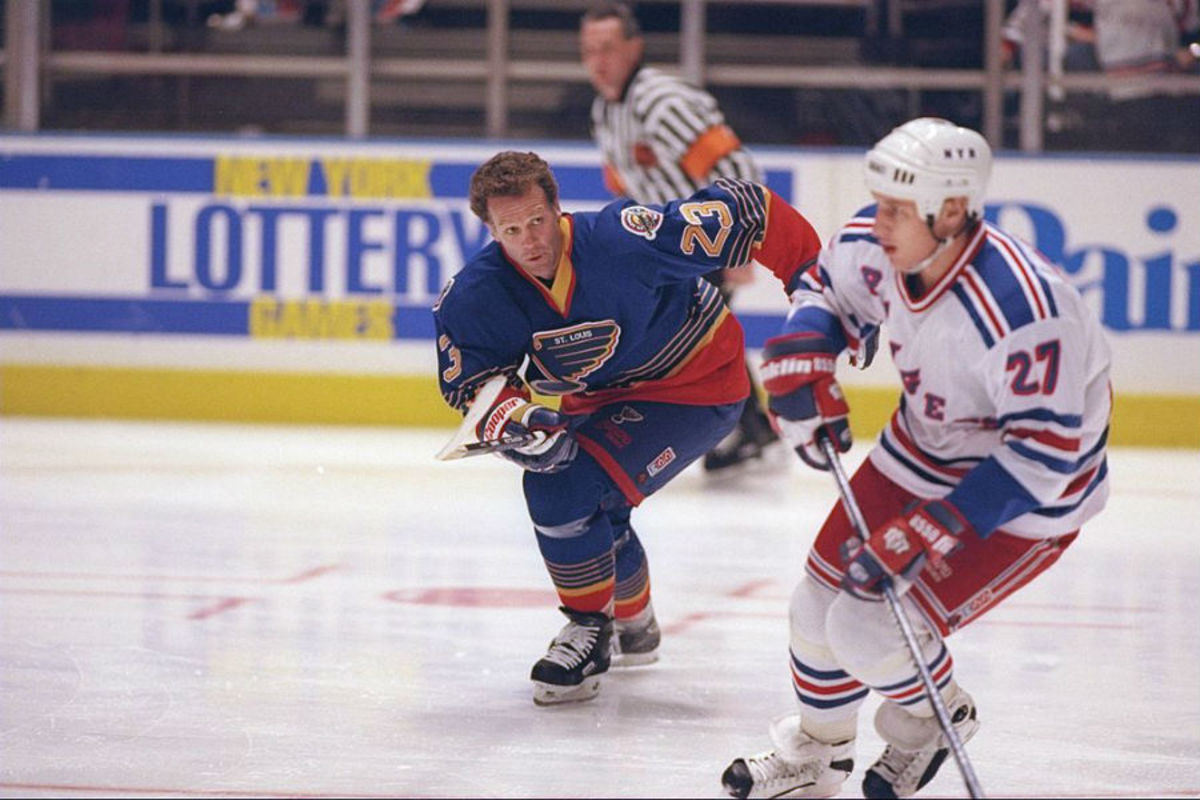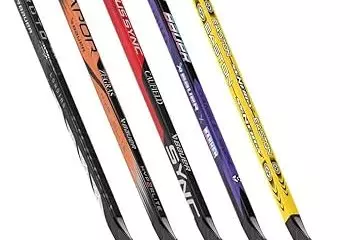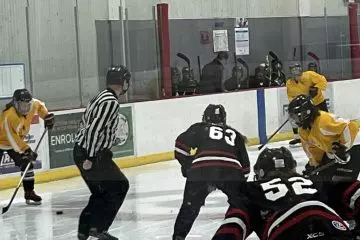As an Amazon Associate, I earn from qualifying purchases.
This article from the teamkathycarter website discusses about When Did Hockey Players Start Wearing Helmets?
In the sport of ice hockey, helmets have become an essential piece of protective equipment worn by players. But have you ever wondered when hockey players began wearing helmets? In this article, we will explore the history of helmets in hockey and how they have evolved over the years.
It wasn’t until the 1970s that the use of helmets became widespread in professional hockey leagues. Prior to this, players would voluntarily wear them, but it wasn’t mandated. The decision to wear a helmet was a personal one, and often players opted not to wear one due to various reasons.
One of the key events that prompted the adoption of helmets was the death of Bill Masterton, a player for the Minnesota North Stars. In January 1968, Masterton suffered a fatal head injury during a game, which shocked the hockey community. This tragic incident sparked conversations about player safety and the need for increased protective measures.
Following Masterton’s death, the use of helmets gradually started to gain traction. However, it wasn’t until the late 1970s and early 1980s that helmets became mandatory in most professional leagues. The National Hockey League (NHL) implemented a rule in the 1979-1980 season requiring all incoming players to wear helmets. Existing players were also strongly encouraged to wear them.
Initially, players faced resistance to the idea of mandatory helmet use. Some argued that helmets restricted their vision or impacted their ability to hear. However, as the understanding of head injuries and their long-term effects improved, the perception towards helmets shifted. Today, helmets considered an essential piece of protective equipment, prioritizing player safety above all.
With the introduction of mandatory helmet use, manufacturers began to innovate and improve helmet designs. Today’s helmets made from a combination of materials, including hard plastic outer shells and internal padding to absorb impact. They designed to provide maximum protection while allowing for optimal vision and hearing.
Helmet usage is not limited to professional hockey. It is now mandatory at all levels of play. From youth leagues to recreational adult leagues, players are required to wear helmets to ensure their safety on the ice. This change in the culture of the sport has undoubtedly reduced the number of head injuries and made hockey a safer game for all participants.
The Evolution of Hockey Helmets
Over the years, hockey helmets have undergone significant transformations to enhance player safety. In the early days, helmets were simple leather caps that offered minimal protection. As the importance of head protection became evident, helmet designs became more advanced.
In the 1960s, hard plastic helmets with minimal padding became popular. However, these helmets offered limited protection and often flew off players’ heads during games. The integration of chin straps helped keep the helmets in place.
As technology and research progressed, helmet designs evolved to offer better protection. The addition of face masks in the 1970s further enhanced player safety. Initially, face masks were made of wire mesh, but the introduction of transparent plastic shields provided better visibility.
Today, hockey helmets equipped with advanced features, such as adjustable sizing mechanisms, ventilation systems, and improved padding to enhance comfort and protection. The continuous development in helmet design reflects the commitment of the hockey community to prioritize player safety.

Credit: en.wikipedia.org




